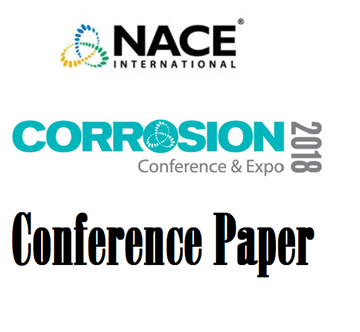Search
Failure Analysis On A Super Duplex Stainless Steel Tube Material Before And After Slow Strain Rate Testing In Sour Conditions - Part 1: SCC Susceptibility
Also Purchased
Influence of K-Rate and Hydrogen Charging on Fracture Toughness of a Super Duplex Stainless Steel
Product Number:
51318-10891-SG
Publication Date:
2018
$20.00
Failure Cases Of Super Duplex Stainless Steel Pump Components
Product Number:
51322-17689-SG
Publication Date:
2022
$20.00
Influence Of Thermomechanical Processing On Mechanical Properties And Corrosion Resistance Of Super Duplex Stainless Steel UNS S32750.
Product Number:
51322-17613-SG
Publication Date:
2022
$20.00




